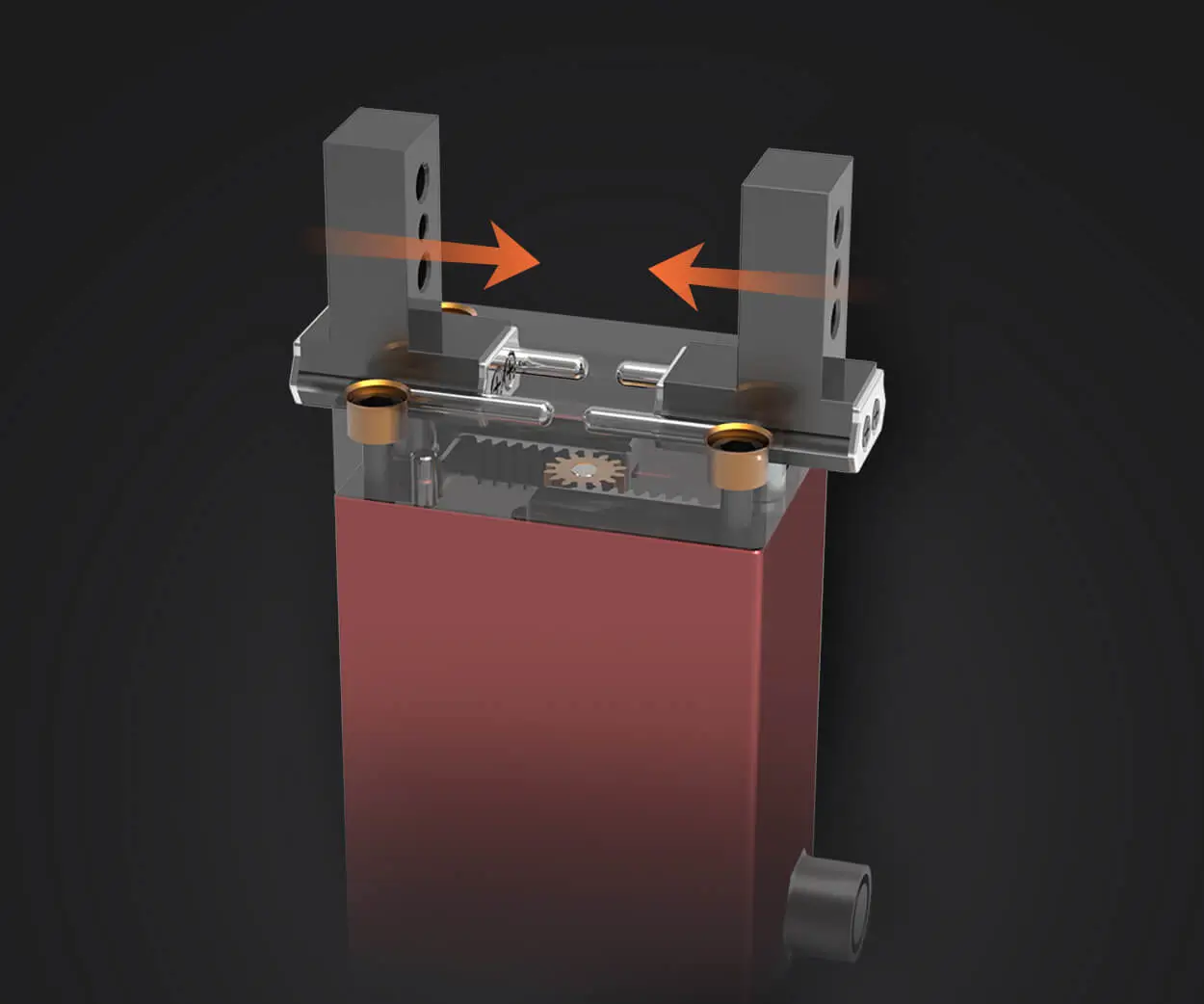In the ever-evolving landscape of industrial automation and robotics, precision and reliability are the cornerstones of success. Among the multitude of components that contribute to seamless operation, servo motor encoder cables often play an unsung yet vital role. These specialized cables are the lifelines that transmit crucial feedback signals from the encoder attached to a servo motor back to the control system, enabling real-time adjustments, accurate positioning, and smooth motion.

Imagine a high-performance CNC machine or a robotic arm assembling delicate electronic components—the heartbeat of these machines relies heavily on their ability to be precise and responsive. This precision hinges on the encoder’s capacity to continuously measure the motor shaft’s position, velocity, or acceleration, then relay this data swiftly and accurately through high-quality encoder cables.
What Is a Servo Motor Encoder Cable?
At its core, a servo motor encoder cable is a specially designed wire assembly that connects the encoder—an optical, magnetic, or inductive sensor—to the motor controller or driver. Unlike standard electrical cables, encoder cables are engineered to handle high-frequency signals, minimize noise interference, and resist harsh environmental conditions found in industrial settings.
The encoder itself acts as the brain of the feedback system—it detects rotational position or speed and converts it into electrical signals. These signals must be transmitted flawlessly to ensure the controller has an accurate picture of the motor’s ongoing status. Any loss or distortion can lead to inaccuracies, jittery movements, or mechanical failure.
Thus, the encoder cable must boast features like shielding against electromagnetic interference (EMI), high flexibility for maneuverability, and durability to withstand demanding environments. It’s not just about connecting two points; it’s about guaranteeing integrity and consistency in data transfer.
Why Are Encoder Cables Critical in Automation?
In advanced automation systems, the importance of encoder cables cannot be overstated. Their role extends beyond simple data transmission—they essentially serve as the nervous system of robotic and motorized machinery, transmitting real-time feedback that allows for fine-tuning and adaptation.
Take a robotic welding arm, for example. As it moves along a complex path, sensors continually feed position data to the control system. Without reliable encoder signals, the robot may lose track of its position, leading to errors, wastage of materials, or compromised safety. Conversely, a well-engineered encoder cable ensures that every movement is accounted for, enabling precise operation even in challenging environments with high electrical noise, temperature fluctuations, or mechanical stresses.
Furthermore, encoder cables contribute to system longevity and maintenance efficiency. High-quality cables reduce the likelihood of signal degradation, errors, and downtime, saving both time and money in manufacturing lines or automated processes.
Design and Construction of Encoder Cables
Understanding what makes a great encoder cable involves looking at its construction details. Most encoder cables feature multiple insulated conductors arranged in a core, often twisted or paired for noise reduction. They are then shielded with foil, braid, or spiral-wound shields to protect against external electromagnetic interference.
The outer jacket is typically made from durable, flexible materials like PVC, polyurethane, or Teflon, designed to withstand wear, oils, chemicals, and temperature extremes. Some cables feature strain reliefs or reinforced connectors to resist mechanical stresses during installation and operation.
Furthermore, connectors at either end of the cable are equally vital—they need to be secure, precise, and resistant to environmental factors to ensure stable connections over extended periods.
In recent years, technological advances have seen the integration of specialized materials and innovative designs—such as low-capacitance wires for high-speed transmission and flexible sheaths for tight routing—making modern encoder cables more robust and adaptable than ever before.
Selecting the Right Encoder Cable
Choosing the correct encoder cable isn’t a matter of simply matching length; it involves considering several critical parameters:
Signal Compatibility: Determine whether your system uses incremental, absolute, or hybrid encoders, and select cables compatible with the signal type.
Environmental Conditions: Consider operating temperatures, exposure to chemicals or oils, vibration, and potential sources of EMI to select cables with appropriate shielding and insulation.
Cable Length: Longer cables can introduce signal attenuation or noise; ensure your selection balances length needs with performance optimization.
Connector Types: Match the connector interfaces on both the encoder and controller—some systems require M12, D-sub, or proprietary connectors.
Flexibility & Routing: In tight spaces or robots with dynamic parts, flexible, bend-resistant cables prevent damage and ensure longevity.
By paying close attention to these factors, engineers can enhance system robustness and accuracy, giving machinery the precision it needs to excel.
The Future of Encoder Cables in Automation
As automation becomes more sophisticated, the demand for ever-more reliable, high-speed feedback systems escalates. Innovations like fiber-optic encoder cables, wireless feedback solutions, and integrated electronics are on the horizon—potentially transforming how feedback data is transmitted within complex machines.
Nevertheless, the fundamental principles — shielding, durability, and precise construction — remain critical. The traditional encoder cable still stands as a staple in ensuring the high performance of servo systems, especially when designed with the demanding industrial environment in mind.
In conclusion, selecting the right servo motor encoder cable is akin to choosing the best nerves for your robotic nervous system. It might not be glamorous, but its performance directly influences the precision, efficiency, and reliability of your machinery. From high-speed manufacturing to delicate medical robotics, these small but mighty cables are driving the future forward.
Leveraging innovations in modular drive technology, Kpower integrates high-performance motors, precision reducers, and multi-protocol control systems to provide efficient and customized smart drive system solutions.




































